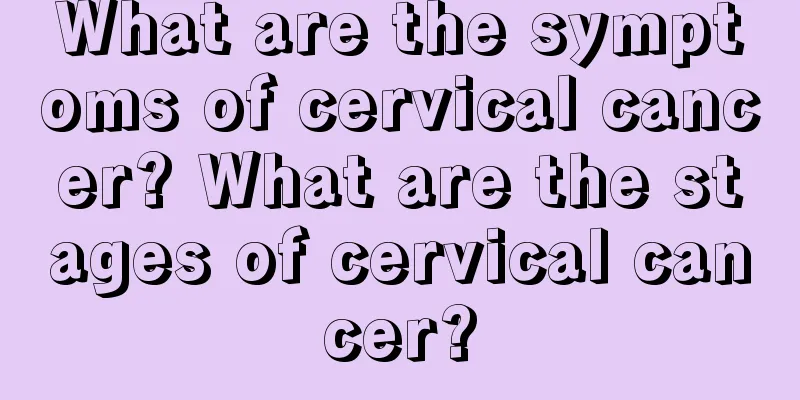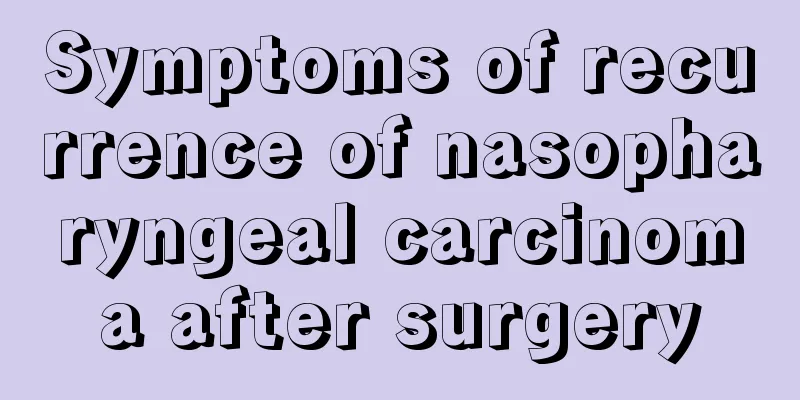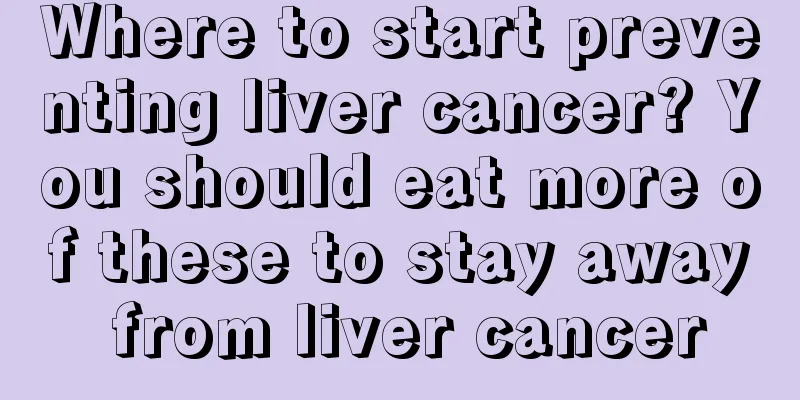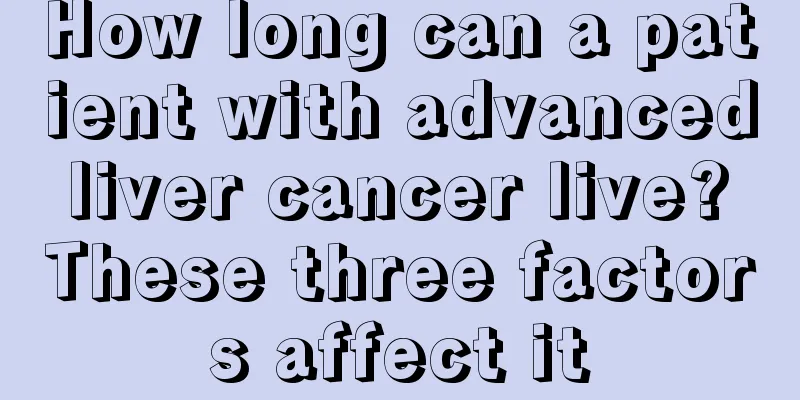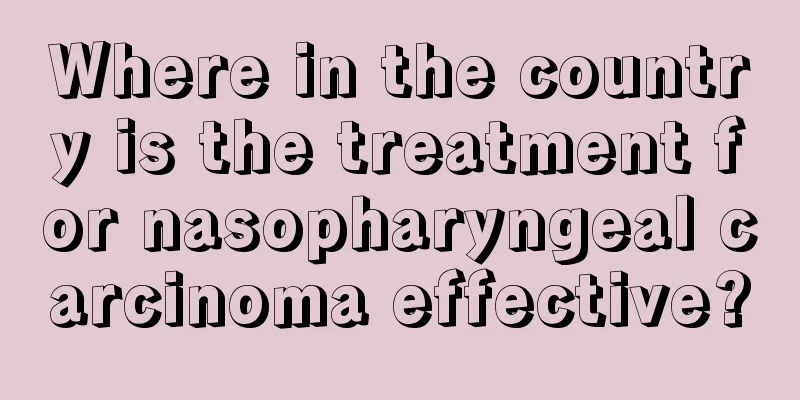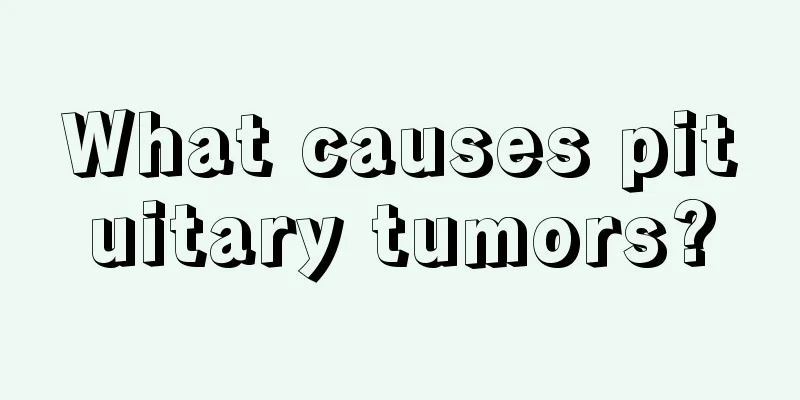What are the dangers of aortic valve thickening

|
Thickening of the aortic valve will not only affect blood circulation, but also increase the pressure on our heart, causing serious disease consequences. Therefore, in daily life, relevant patients should pay attention to changes in their living habits and participate in physical exercise appropriately. However, too intense exercise will increase the pressure on the heart and lead to recurrence of the disease, so we should choose carefully. So, what are the dangers of aortic valve thickening? 1. Mild or early-stage valvular heart disease can be treated with close observation or medication. Severe valvular heart disease requires surgical treatment. Depending on the nature and severity of the valvular disease, valvuloplasty or valve replacement surgery may be performed. With the continuous improvement of medical science and technology, the risks of both heart valve formation and replacement surgery are gradually decreasing. Except for some critically ill patients, the success rate is generally above 96%. A very small number of advanced patients, whose heart function is too poor to undergo valvuloplasty or valve replacement surgery, need to undergo heart transplantation or heart-lung transplantation. There is sufficient evidence both at home and abroad that surgical treatment is effective and beneficial. It can completely eliminate or alleviate patients' discomfort, prevent complications such as acute heart failure, acute pulmonary edema, malignant arrhythmia, embolism, pulmonary hypertension, cirrhosis and sudden death, thereby increasing mobility, improving quality of life and prolonging life. 2. Drug treatment of valvular heart disease: mainly uses cardiotonic and diuretic drugs. Commonly used cardiotonic drugs are digoxin and cedilanidol; diuretic drugs are such as hydrochlorothiazide, furosemide, triamterene, and spironolactone. Some patients need to use vasodilator drugs to prevent and treat pulmonary hypertension, and those with a fast heart rate can appropriately choose drugs to lower the heart rate. Drug treatment should be carried out under the guidance of a doctor. 3. Surgical treatment of valvular heart disease: Currently, the main methods of surgical treatment of valvular heart disease include transcatheter balloon angioplasty, direct vision angioplasty and artificial valve replacement. Transcatheter balloon angioplasty is performed under local anesthesia without opening the chest. A balloon is sent into the heart through a cardiac catheter a few millimeters thick to expand the narrowed heart valve opening. It is less traumatic and has a quick recovery, but is only suitable for a small number of patients with valvular stenosis but relatively good valve quality and no intracardiac thrombosis. Direct vision valvuloplasty and artificial valve replacement are performed by cutting open the heart with the help of general anesthesia and an artificial heart-lung machine. Valvuloplasty means retaining the patient's own valve, and reshaping the valve through incision, suturing, repair and other techniques to restore the valve function. Valve replacement is to remove the patient's own diseased valve and replace it with an artificial valve. |
<<: Sequelae after gallbladder puncture and drainage
>>: Are the sequelae of gallbladder removal terrible?
Recommend
Are thyroid nodules serious? Timely treatment can prevent cancer
Thyroid nodules can be benign or malignant. In ma...
How to care after interventional treatment of liver cancer? Nursing measures after interventional treatment of liver cancer
Liver cancer is the second most common malignant ...
What are the symptoms and characteristics of liver cancer? Common symptoms of liver cancer have these characteristics
Liver cancer is a malignant tumor disease that we...
What should I do if my eyes are congested due to high blood pressure
The problem of high blood pressure itself will ha...
These three causes of rectal cancer are very important
Understanding the causes of rectal cancer is very...
The efficacy and use of rat bags
The mouse bag, also known as the rice bag, is a p...
What are the main symptoms of glioma
Brain problems are very tricky. No matter what ag...
How to apply compresses for injuries from falls, two major treatment methods
In daily life, it is inevitable that some injurie...
The main cause of skin cancer
Among the many cancer-related diseases, the high ...
What causes acne on lower scars
The chin is the part of the body where women are ...
How high the bilirubin level is will affect the brain
Bilirubin is an important indicator for diagnosin...
The actual age of the nine organs of the human body
There are always mysteries in our bodies that you...
How to give birth without pain?
For every woman, pregnancy and childbirth is a lo...
Can crabs reduce internal heat?
It is not uncommon for people to get angry in the...
Does hysteroscopy require anesthesia
Hysteroscopic surgery has been clinically used fo...
